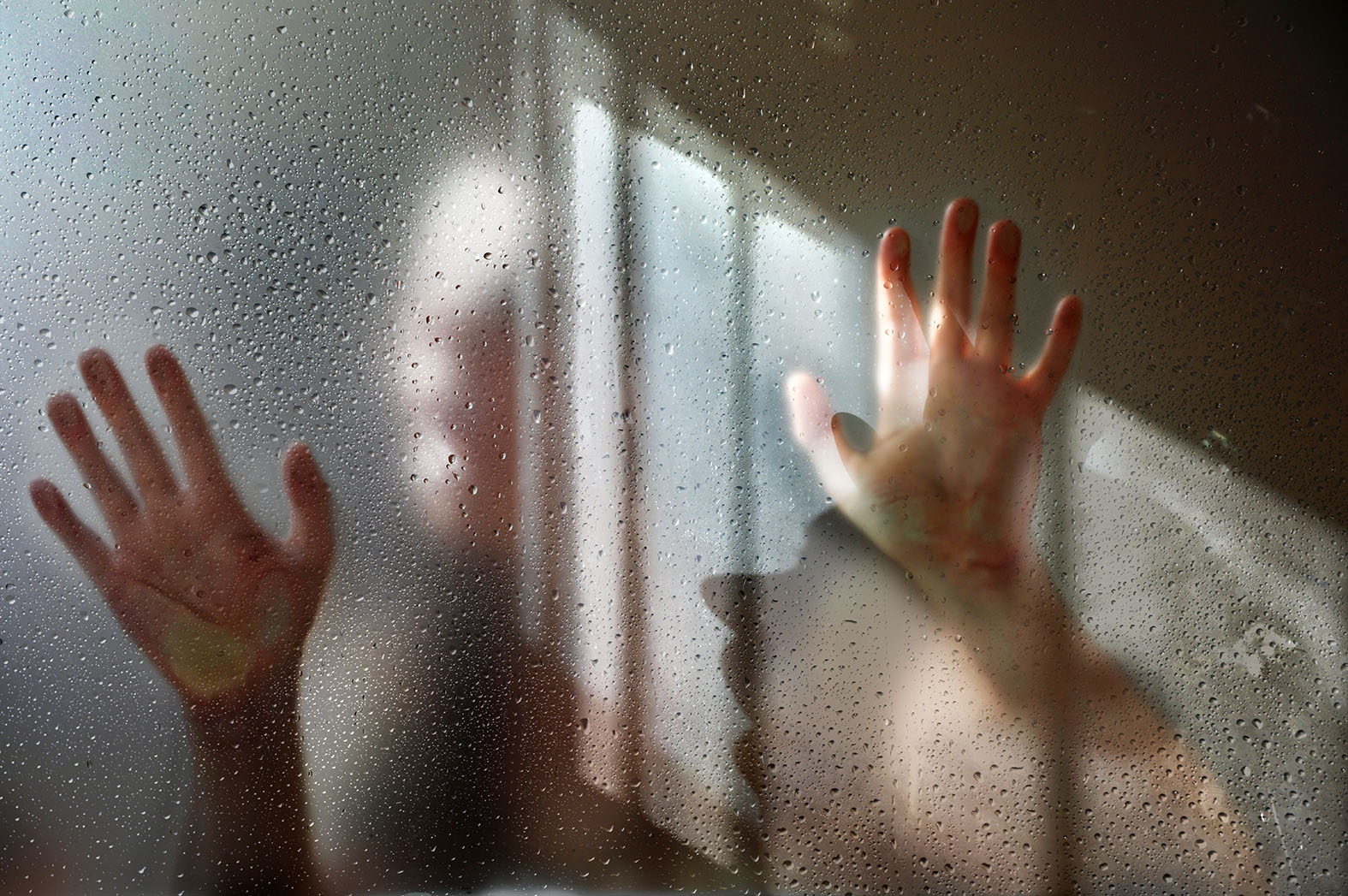“I knew I was not going to be able to get down the stairs, so my first instinct, was to go through the fire safety doors, which had been closed, obviously, because of the fire alarm going off. The fire warden then barked at my practical assistant to leave me and exit the building. My practical assistant stated that they wouldn’t leave me on my own to deal with the emergency and pushed open the fire safety door that lead directly outside.
I was going to leave that building through that door, regardless of the fact that there were no rules to support me. Therefore, we broke the rules to save my own life to prevent my worst nightmare coming true.
I appreciated the support, and stubbornness of my practical assistant. I wish other tertiary staff showed me the same understanding and support. I felt the tertiary institution was taking a eugenic approach in responding to my needs. I believe people with disability need to be supported in emergency situations. Nobody knew what to do with me this was the first time in my life I felt like a second-class citizen. People with disability have the right to be supported and saved in emergencies situations as our lives are worthy.”
– ‘aka Simone
“Change in the emergency management sector through emerging technology, can and should be, used to much greater effect, not only in helping to improve public safety through better communication and emergency warnings, but also, in what is becoming an increasingly networked society, to facilitate and support greater social inclusion.
Diversity is not something to be afraid of – rather it is something to be embraced – to be nurtured and supported! But embracing diversity requires active listening and understanding and flexibility.
Furthermore, there is no one best practice nor a ‘one size fits all’ model that can be taken off the shelf, or learnt from an instruction manual. What is needed or might work in one community or for one individual, may not work at all for another. It really is about local planning for local needs.
It is, or at least it should be, a fundamental human right for all of us, regardless of our individual circumstances and differing needs, to be safe in our homes, during our travel, in our work places and places of study.
Community safety has changed. Where once it was a case of police and emergency service agencies ‘doing for’ individuals and communities – telling them how to be safe – very much an agency centric approach – the approach now is different. Modern community safety approaches should be community centric – individuals, and the community more generally own the risk.
It is now a case of doing with – not doing to!
Individuals and communities should not be passive recipients of services, but must be active participants in their own safety planning and decision making – before, during and after an event!
This requires that government agencies and emergency services become specialists and facilitators – not authorities! It also builds on a principle of mutual obligation – governments – industry, the private sector – communities and individuals.
Hand in hand with this change in thinking about safety comes another change – a focus on the consequences or impact of an event on individuals and the community – not just the event itself – ensuring that people are safe – not just putting out the fire!
All of these changes will fail in the absence of a two crucial factors. Firstly an understanding of what information individuals and communities need to ensure safe behaviours and secondly, a comprehensive understanding of the individual needs of all people potentially at risk.
The principle of mutual obligation requires that all of us formally plan for not just our own safety, but also the safety of those in our care, or using our facilities.
We are lucky enough to live in an era where technology is changing in quantum leaps seemingly each year if not each month! This emerging technology can and should be used to much greater effect, not only in helping to improve public safety through better communication and emergency warnings, but also, in what is becoming an increasingly networked society, by facilitating and supporting greater social inclusion.
We should be able to use technology to ensure that we understand the different needs of all in our care, and that our planning and our action during emergencies, is build around this understanding.
Again, this planning is absolutely essential, but it is not the end of the story. All staff must be aware of their organisation’s safety planning, be aware of and confident in their ability to perform their role should it be required and most importantly, be fully familiar with the needs – particularly for those with special needs – of all those in there care at any time.
Aka Simone’s terrifying story tell’s us that we still have long way to go.
I would hope that the tertiary institution involved has used this experience to comprehensively rethink their emergency planning and ensure that their plans now include the needs of all the people in their care, and aren’t built around a flawed, ‘one size fits all model’. I would also hope that all staff – especially fire wardens – are better prepared to understand and act on the individual needs of all – not require an individual with disability and who needs a different level of support to ‘break the rules’ to to be safe!
Caring for the safety of all people including people with a disability, is not asking for special treatment, for something above and beyond – it is simply respect for what should be a fundamental human right for each and everyone of us!”
– Bruce Esplin AM
